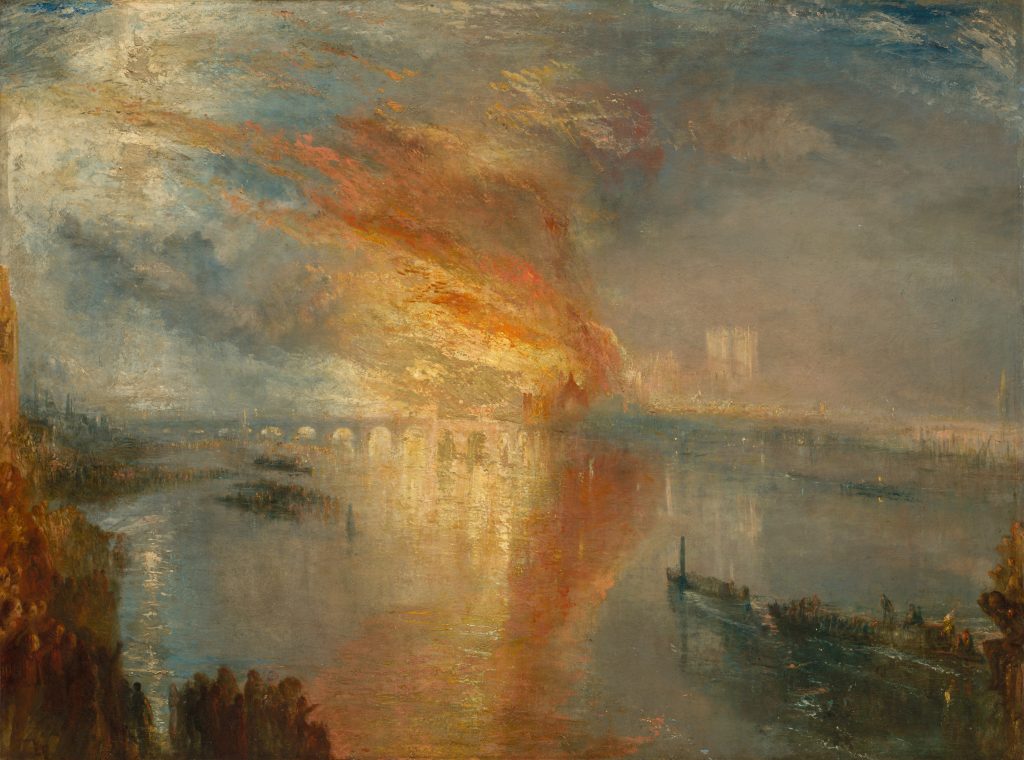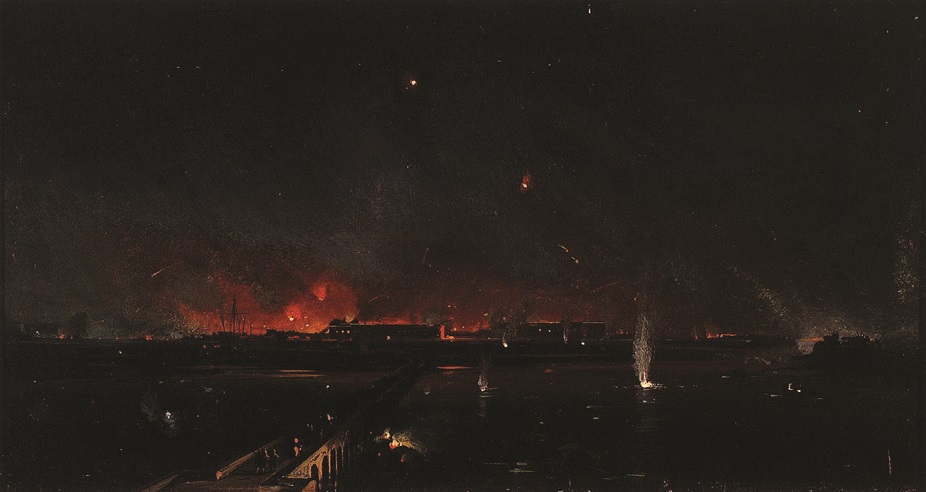Beauty is a Simple Passion
“Beauty is a simple passion. But, oh my friends, in the end You will dance the fire dance in iron shoes.” - Anne Sexton

When I was growing up in Sliema, I began very early to take an interest in the architecture of the houses that surrounded me. Among the many eclectic houses I admired, with their multifarious styles and abundance of decorative sculpted elements and profiles, I remember, I was fascinated by a monumental block of apartments not far from where I lived. It was a massive and powerful block built from huge rusticated stones that gave it a look of a natural phenomenon, rather than an artefact created by man – a rough and sheer cliff, or a crag or rock outcrop.
Vaguely V-shaped in plan, the facade on the highest point of the plot was very narrow and tall, and the building fanned out from it as it descended the steep incline towards the seafront. On this facade, dwarfed by the grand scale of the block itself, was a quaint grocery shop with a typical pale-blue timber front and, far above, as one looked up, one could glimpse a set of words painted on the crowning pediment. They said: OMNIA ORTA OCCIDENT.
My father, who was a teacher of Latin, explained to me the meaning of those words. ‘What goes up must come down’ or ‘All things that have risen also set’. ORTA, he explained, is the past participle of ‘orior’, to rise, from which the term ‘orient’ is derived, the East. OCCIDENT, on the other hand, is derived from ‘occidere’ to set, to kill, which is the domain of the West, the home of the dying sun.
I used to be amazed by all these connections between modern words and the language of ancient civilizations, between the names of the mythical place that the Orient was to me and the arc of the sun whose changing light creates certainty and rhythm in our otherwise unpredictable lives. The letters have faded considerably and are all but visible today and I sadly never bothered to find out who the architect of the building, and teacher of this humble life-lesson, was.
Those words, which remained with me all my life, were instrumental in helping to soften the blow dealt by the news of the fire that recently ravished the Cathedral of Notre Dame in Paris. Strangely, it wasn’t only this centuries-old wisdom that made the tragedy less horrific to my mind. It was also something else: I couldn’t help but note the beauty of the colours recorded in the photos that were carried in the press. The gold and red flames that engulfed the collapsing steeple glowing against the deep blue evening sky had an uncanny resemblance to some well-loved paintings which record other forgotten fires and incendiary incidents in history. They manage to transform moments of horror into images of incredible beauty, transcending the mundane nature of the event and transforming it into a symbol of the passage to a new order.

The best known are perhaps the two paintings by J.M.W. Turner entitled ‘The Burning of the Houses of Lords and Commons’ that depict the fire that broke out at the Houses of Parliament on the evening of 16 October 1834. Turner joined the crowd of spectators that witnessed the scene from the south bank of the River Thames, opposite Westminster, making pencil and watercolour sketches from different vantage points, including from a rented boat. These served as a basis for the paintings made in late 1834 or early 1835.
The first painting, forming part of the collection of the Philadelphia Museum of Art, shows the Houses of Parliament from the upstream side of Westminster Bridge. The buildings across the river are enveloped in golden flames, consuming the chamber of the House of Commons in St Stephen’s Hall, and illuminating the towers of Westminster Abbey. The fire is reflected in the water that turns red and serves as a foil to the mass of spectators in the foreground. To the right of the painting, Westminster Bridge looms high and white like an iceberg, its perspective serving to focus attention on the auto-da-fe in the distance.
The second painting, in the Cleveland Museum of Art, shows a similar scene from further downstream, closer to Waterloo Bridge. Fire and bellowing smoke create a dramatic veil over the Thames as spectators silhouetted on the river bank, and in boats, look on.
Depicted with greater accuracy but with equal pictorial excellence are the Bristol Riots of October 1831 by W.J. Muller. His bold watercolours and small oil sketches form one of the most compelling visual records of a national disaster before the advent of the camera. For nearly two days, the city was effectively in the hands of the mob and the prisons, toll-houses, the Customs House and Bishop’s House, amongst other buildings, were burnt down. Muller witnessed all of this destruction as it happened. His painting provides a comprehensive record of the dramatic visual effects of the fires combined with the brooding and sombre low cloud that settled over Bristol on that cold and wet October evening.
Muller came to Malta in the autumn of 1843, accompanying the expedition led by Sir Charles Fellows that was on its way to excavate, document and remove to the British Museum some of the ancient Xanthian tombs in Lycia, Turkey. He travelled on the French Government steamer Minos that left the port of Marseilles, stopping in Naples on the way to Malta. Also aboard the steamer was another painter, Ippolito Caffi, who was from Belluno in the Veneto. Caffi was travelling to Athens and Constantinople to extend his perspective and landscape repertoire in the Orient. Whether Caffi actually met Muller on board cannot be proven but, like Muller, his work was symptomatic of the times, enriching the landscape tradition with all that the 19th century stood for, from political insurgence to technological advancement. His need to document, as accurately as possible, reality in all its visual aspects made of him an exceptional artist-reporter like Muller – an unprecedented witness of atmospheric phenomena, social and political events of historical relevance and effects of natural and artificial light, moonlight, fireworks and torchlights, on his favourite urban landscapes. His painting entitled Bombardment of Marghera on the Night of May 24, 1849 was perhaps only a foretaste of his tragic death in 1866, his project to commemorate in painting the first Italian naval engagement against the Austrians having been frustrated when the Re’ d’Italia, on which he travelled, was destroyed at the Battle of Lissa, drowning him along with his comrades.
In Book 8 of the Illiad, Homer writes: “As a garden poppy, bursts into red blooms, bends, /drooping its head to one side, weighed down /by its full seeds and a sudden spring shower, /so Gorgythion’s head fell limp over one shoulder, / weighed down by his helmet”. The bending and collapse to one side of Viollet-Le-Duc’s steeple on Notre-Dame springs ominously to mind. Beauty is a simple passion. Fire and death are its inseparable companions.








